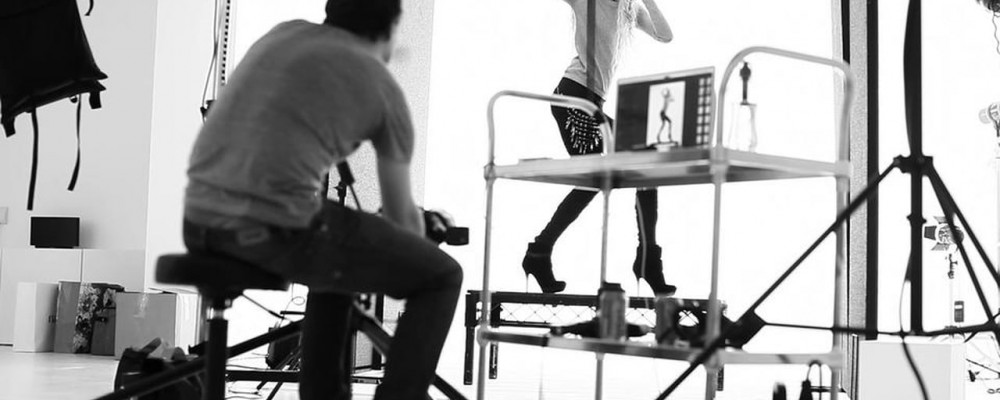
How To Take Your Own Fashion Photography
Whether you're a savvy student on a budget, or a start up designer with little cash to spare, there are many reasons why you may be tempted to take your own fashion photographs. It's a great money saving idea, if the photos end up looking good, so read on to learn tips on planning, editing and composition to help pave the way for professional yet authentic imagery.
It's all very well making amazing responsibly-produced clothes, but great product shots shouldn't be overlooked. Bad photography could ruin a website or lookbook, and could cost you sales or even your reputation. Remember: in this digital age a photo is likely to be the first anyone sees of your work. On Instagram alone we give less than a second per image on our feed. So make it count!
How To Take Your Own Fashion Photography #fashiondesigner #fashionphotography

Here are my top tips on taking your own fashion photography. >>>
Make A Plan
The key is in the planning.
Make moodboards via any means, such as collecting inspirational images on Pinterest, ripping out of old magazines, doing some market research or scrolling through your faves on instagram. Plan what you want the photos to look like: the location, the vibe, everything. It's worth coming up with a few ideas and ask for opinions from those that would be in your target market, then narrow it down to your favourite. Then ask opinions on those outside of your target market, if you can, to see if the image still holds relevancy. Especially if you're a sustainability-focussed brand, you want to ensure you've got an authentic engaging reach.
Moodboards are also handy in finding your team, because you can simply post an image on a message board (Facebook Groups are great for this) and you'll be better placed to receive responses from those looking for that style themselves, or know someone who is.
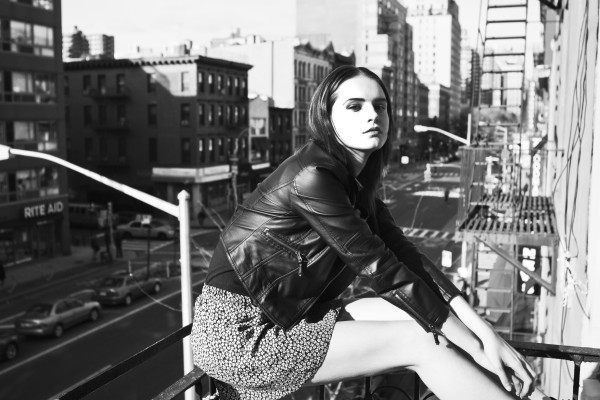
Pick A Theme / Great Location
A theme running through all your photos is the best way to make your collection look cohesive. Or, pick an amazing location that will aid in your concept; a park with blooming flowers will have a very different feel to an abandoned house. Make it fit with your designs.
If you're outside, remember that a nice sunny day will give you great lighting - a grey day will show in the photos. If you want to do a shoot inside you may need to think about lighting, and hiring this will cost more.
Camera & Photography
Do you have a standard digital camera? SLR? Or are you using your phone? There's no shame in phone photography! Some phones these days have awesome cameras. Better than many cheaper digital cameras, even. Just make sure that you have enough battery life and memory space before you start the shoot if you're away from home.
Borrowing is also a great idea. If you have a friend with a fancy camera, could they help by being the trigger for the day? That way, you can take on the role of art director. Think about skill-sharing and what can you offer them in return. If you are a fashion student maybe there is a photography course at your university; many photography students would be happy to expand their portfolio for free - or at least lunch. Students are also likely to have access to amazing equipment as well - that lighting I mentioned earlier for example. If you're swapping skills though, consider how you're all in the creative industry and that common sense procedures in crediting and shared responsibility are spoken about before, during and after the work is complete. The reputation talked about above can also come from any other member of your team.
Models
Ask your friends, or friends of friends! Treat them to tea and cake after the shoot. It's all about swapping and sharing skills if you want to keep costs down, so ask if you can do anything for them in return. Think outside the box; and be authentic. Remember that your model will be scrutinised for how it fits with your brand message and your product type. Be inclusive, but stay true to your vision.
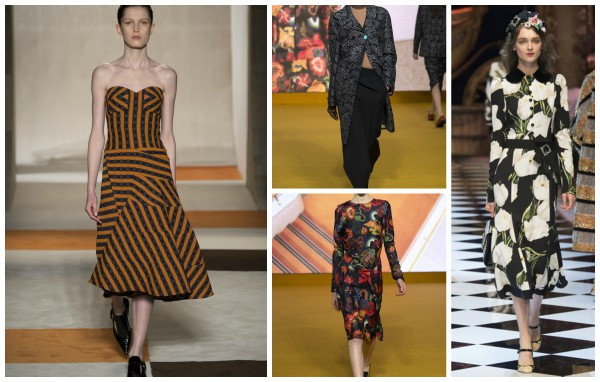
Decide Every Look
If you have already selected a theme, this should be fairly easy. The day will run more smoothly if you have decided everything in advance and written a plan, including the order of looks you're going to try.
- Are you using one model or a few? Have a place for them to change in privacy.
- Do you want to change the hair and make up in between shots? Factor this in beforehand.
- What's the weather like? Does someone in your team need to leave early?
Make Up and Hair
Similar to photography students, there are tons of universities and colleges with students who would like to expand their portfolio. Again, see what you can do for them in return. Often, photographers will like to work with the same MUA (make up artist), so it's worth asking them first for their recommended team.
You may decide that you prefer the natural look and would rather the models styled themselves. Be aware that this will drastically change the look and feel of a shoot, so be sure to check this with the photographer first - they may not want that type of photography for their portfolio.
Attention To Detail
Before you approach anyone, be sure you have a very clear vision. There are a lot of moving parts to a shoot and you want to make sure you're all on the same page. Then check back to your vision as you go - props, make up, shoes, hair - do they all work with your theme? There's nothing worse that an out-of-place shoe with a gorgeous evening dress.
Composition
This will ultimately be down to the photographer and equipment in question, along with the available space, so it's good to decide beforehand where the model should be in the frame for each look. Do you want to show off the amazing location too or just the garment? Are you going for a traditional look book style with front and backs, or do you want photos suitable for an editorial spread. All of this will give a different feel, but I recommend mixing it up a bit - it's great to have additional collateral for those occasions, or press requests you may not have thought of.
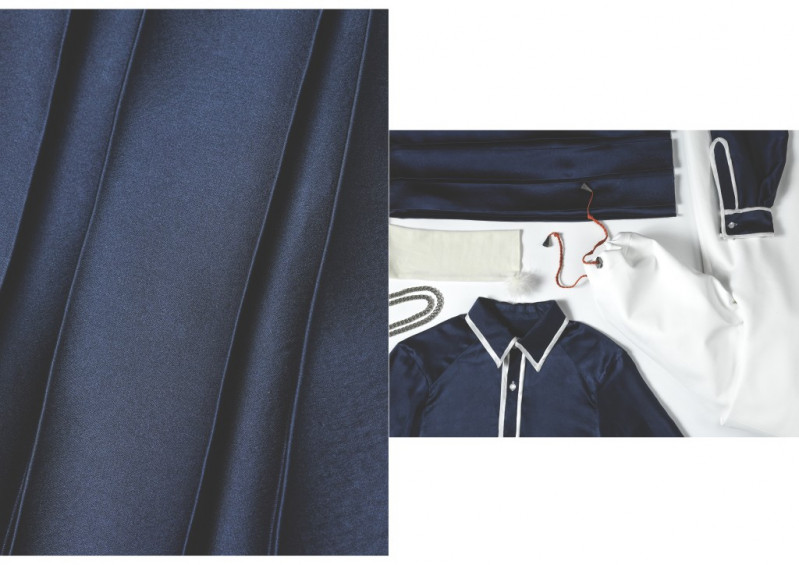
Never Miss Out On the Close Ups
Close up shots are an essential of fashion photography and one that should not be missed. Try to get as many photos as you can. This is your one opportunity with the camera and the models, so don't be shy! Perhaps you have some amazingly detailed embroidery on your designs; shoot it. Try to make your images as stunning and enticing as you possibly can, working your product's USP.
Know How To Use Your Camera
If you're borrowing a camera, make sure you know how to use it first.
- Do you know how to change the exposure to adapt to the light conditions?
- Do you know how to focus it?
- Is it set to auto or manual?
- Have you got it set to the correct file type for saving.
RAW camera files are good for editing later but they take up a lot of space. JPEGs lose quality more quickly. Think about what your end use is for the photos, and this should dictate the file type you opt for.
Take Loads of Pictures
This is obvious, really! Take as many photos as you can, then you can narrow them down later.
Having said that - I've learnt to be critical. Time is precious afterall. When I take photos of my eco fabrics, I now have a considered approach and only take a very select few in different angles and positions. Otherwise, I spend absolutely hours drooling over each photo, totally unable to make any decisions on which one is better. Less is more efficient in that case.
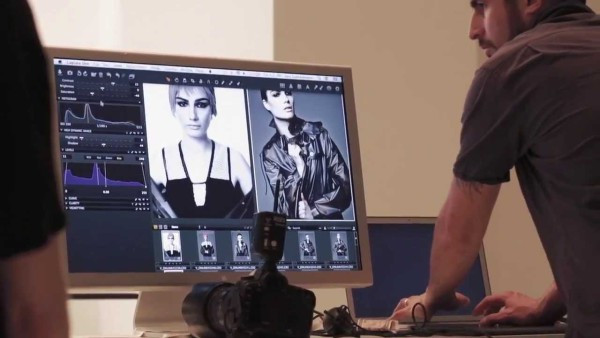
Editing
Photoshop is your best friend; I'm afraid the shoot is only the start. You now need to edit your photos to make them more professional, or in some cases to add arty effects. There are other free photo editing sites if you can't afford photoshop: Canva, Pic monkey or Fotor are great for beginners. Make sure you save your originals somewhere, not just the edited versions as you may want to play around with them more for other things in the future.
That may be a lot to take in but if you're up for the challenge, give it a go. The task is can be a little overwhelming, but if you are mindful of these few things and take it one step at a time, it can be simple and fun.
Want to know more about composition types, advice for camera settings and help with lighting? This wonderful article from Pixpa dives into styles of fashion shoots such as editorial fashion, catalogue or street fashion, and checks in on the complexities of lens types along with a guide on all of that jargon in studio lighting. You can even find a post on handy model poses.
Pixpa is an all-in-one website builder for creatives to create their professional portfolio websites, complete with client galleries, blogs and e-commerce store - all in one place without the need for any coding knowledge. So if you are a photographer, designer or artist, looking to create your portfolio website, you should take a look at example portfolios to see if it's right for you.
Article edited by Stephanie Steele on 14/07/20 with updated copy and the link to the above guest posts.
